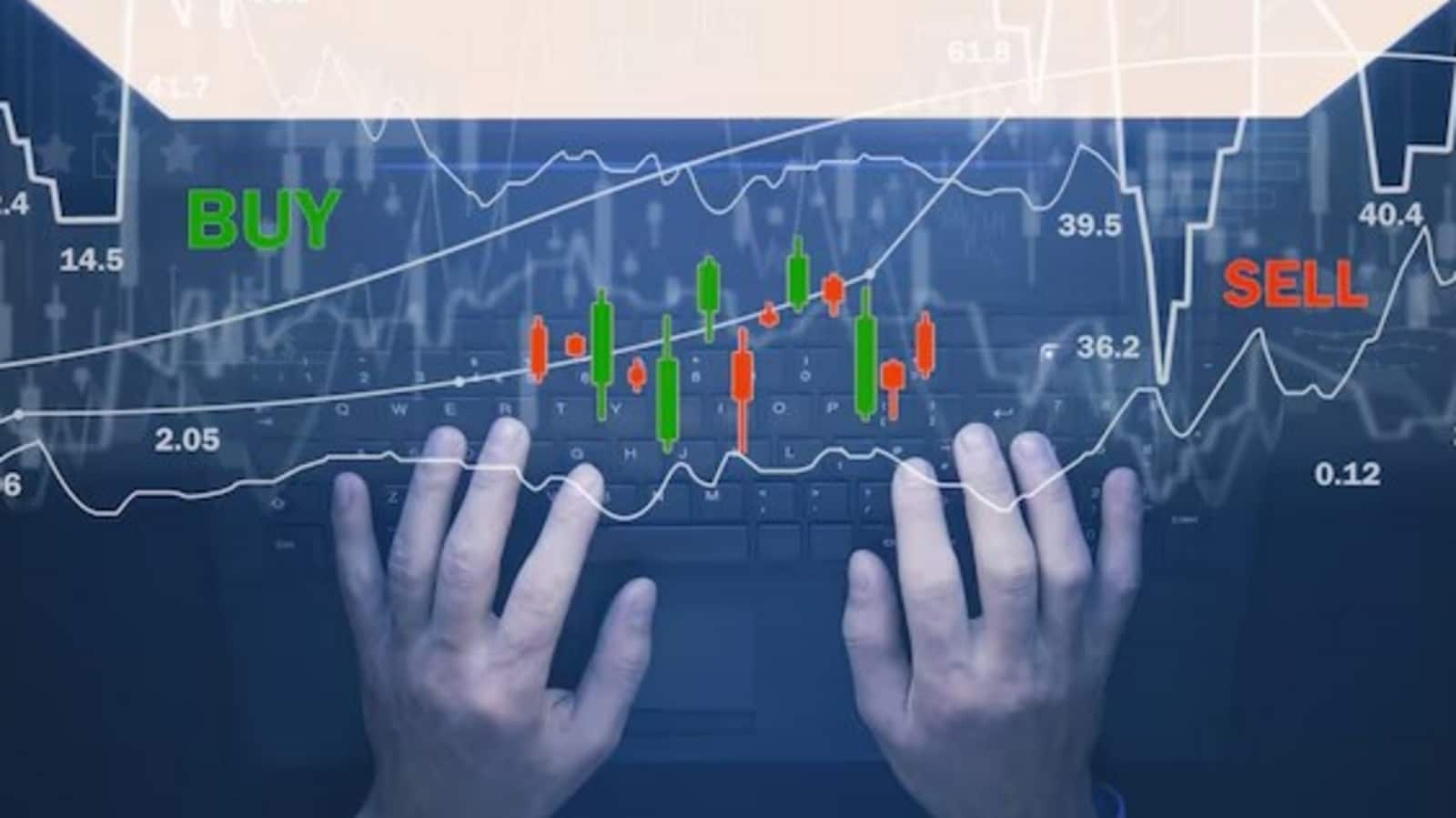Foreign investors are increasingly anticipating a rise in Japan’s super-long bond yields, according to recent swap market indicators. A key metric that traders monitor is the difference in next-day interest rate swaps between the Japan Securities Clearing Corp. and the UK-based LCH. Notably, this gap for 20-year swap rates has surged to -1.25 basis points as of Wednesday, up from -4 basis points recorded in late December.
Factors Influencing Expectations
Several factors have contributed to this shift in sentiment among investors. Recent moves by US President Donald Trump, particularly his easing of tariff threats against China and his reduced interference with Federal Reserve Chairman Jerome Powell regarding monetary policy, have provided some reassurance. Additionally, the likelihood of the Bank of Japan raising interest rates this year has gained traction, reversing a trend that seemed unlikely just a few weeks ago.
- US-China Relations: Improved diplomatic signals from the US have boosted confidence.
- Bank of Japan Policy: Increased speculation around potential interest rate hikes.
Concerns Over Increased Debt
Amidst these developments, bond investors are becoming increasingly wary of potential fiscal measures that could expand Japan’s already substantial national debt. There are concerns that the government may ramp up spending to stimulate the economy and bolster defense budgets, particularly in response to pressures from the Trump administration.
Diverging Perspectives Among Investors
While Japanese investors are cautiously optimistic about the factors pushing yields higher, the swap market indicates that foreign traders foresee an even greater likelihood of rising rates. Katsutoshi Inadome, a senior strategist at Sumitomo Mitsui Trust Asset Management Co., noted, “If international investors expect super-long bond yields to climb, we may see a notable absence of buyers in the market.”
Recent Trends in Bond Yields
In the past few days, yields on Japan’s 30-year sovereign bonds, categorized as super-long maturities, have decreased after peaking at 2.845% in mid-April—the highest level since 2004. During the same period, US Treasury bond yields have risen to approximately 4.8%.
- 30-Year Bond Yield: Peaked at 2.845% in April, marking a 19-year high.
- US Treasury Yield: Increased to 4.8%, reflecting broader market trends.
Future Outlook
As the US Treasury market stabilizes, Ryutaro Kimura, a fixed-income strategist at AXA Investment Managers, suggests that demand for Japanese super-long bonds as a safe haven may diminish due to growing concerns over rising yields. The evolving landscape of interest rates and fiscal policies will be critical to watch for both domestic and international investors in the coming months.
In summary, the dynamics of Japan’s bond market are shifting, with foreign investors now more optimistic about rising yields, while local investors remain cautious amidst fiscal uncertainties. This evolving situation will surely be a focal point for market watchers as they navigate the complexities of global finance.











